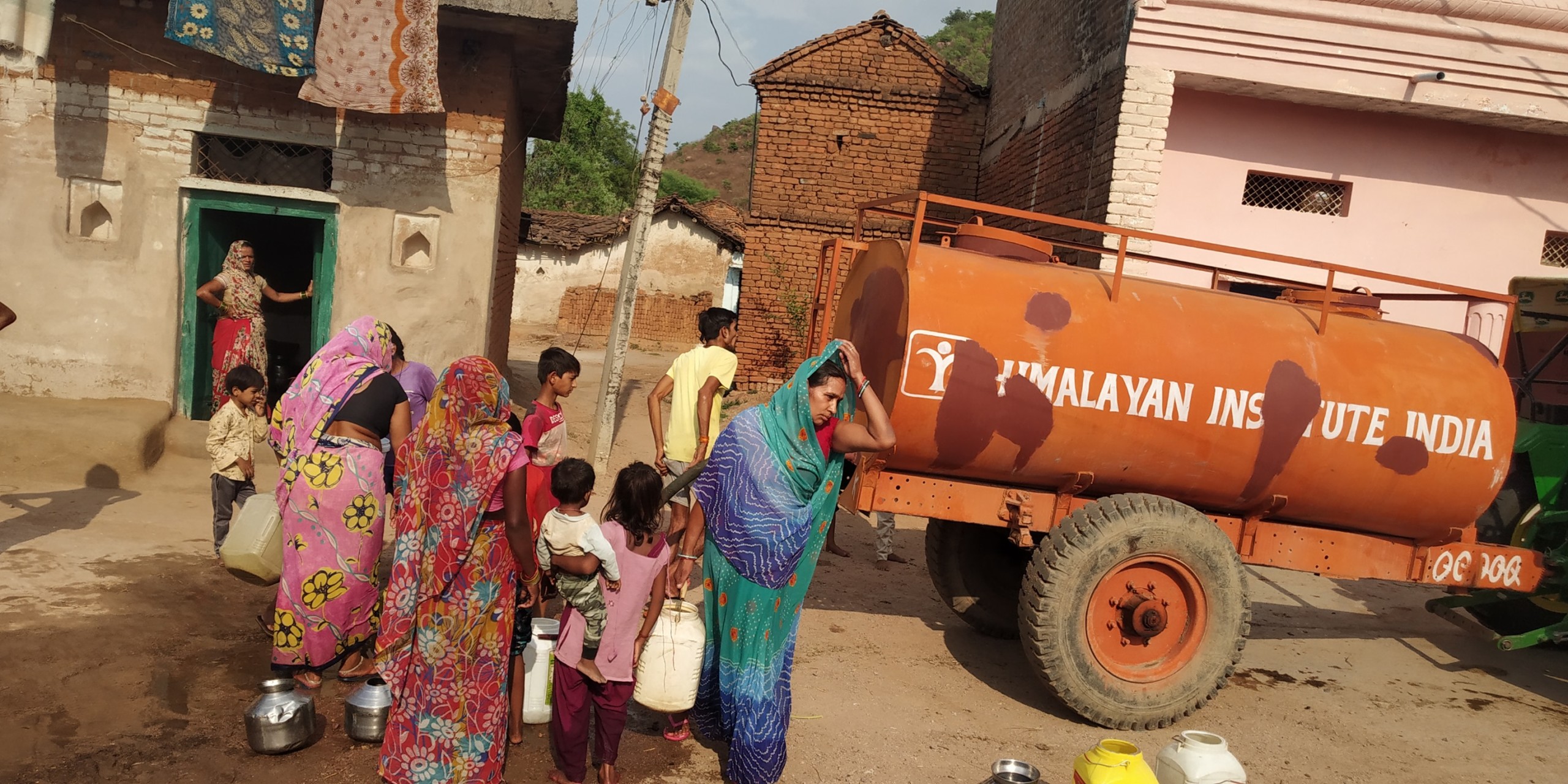Amanda Masters and her husband, John Daskovsky, spent six months living and working at the Himalayan Institute center in Jonotla, Mexico, before moving to Buffalo, NY, to become the directors of Himalayan Institute Buffalo. “I often think about our time at Himalayan Institute Mexico and everything we learned there,” says Amanda. “One of the wonderful things about the Institute’s approach to working with farmers there and at the other centers is the dynamic between continuously teaching and learning.”
The following video was taken by Himalayan Institute Mexico General Manager Geovanni Beristain. In it, a local farmer explains how to graft lemon and other citrus trees, using a technique known as bud grafting. Grafting is a great technique because it allows a farmer to combine desirable features of a fully grown tree (such as high fruit production and resistance to disease) with a strong and hardy rootstock that is adapted to growing in local conditions.
Watch our lemon grafting video here!
Video Recap
- A cut is made into the rootstock, which will be the lower half of the tree. A bud cut from a mature tree that you wish to replicate is inserted into the window cut out of the rootstock.
- The farmer then seals the bud onto the trunk with a strip of plastic, which will prevent rain from getting in and will allow the two pieces to grow together. The plastic will be left on for a number of weeks, until the bud is firmly grown into the rootstock.
- When the plastic is removed, the top of the rootstock is cut off, so all new growth will be from the grafted-on bud. In this way, the farmer can control the features of the tree and speed up the growing process.
A similar grafting technique is also used to grow Pongamia pinnata trees in India, where the Himalayan Institute has worked with Tibetan farmers.





